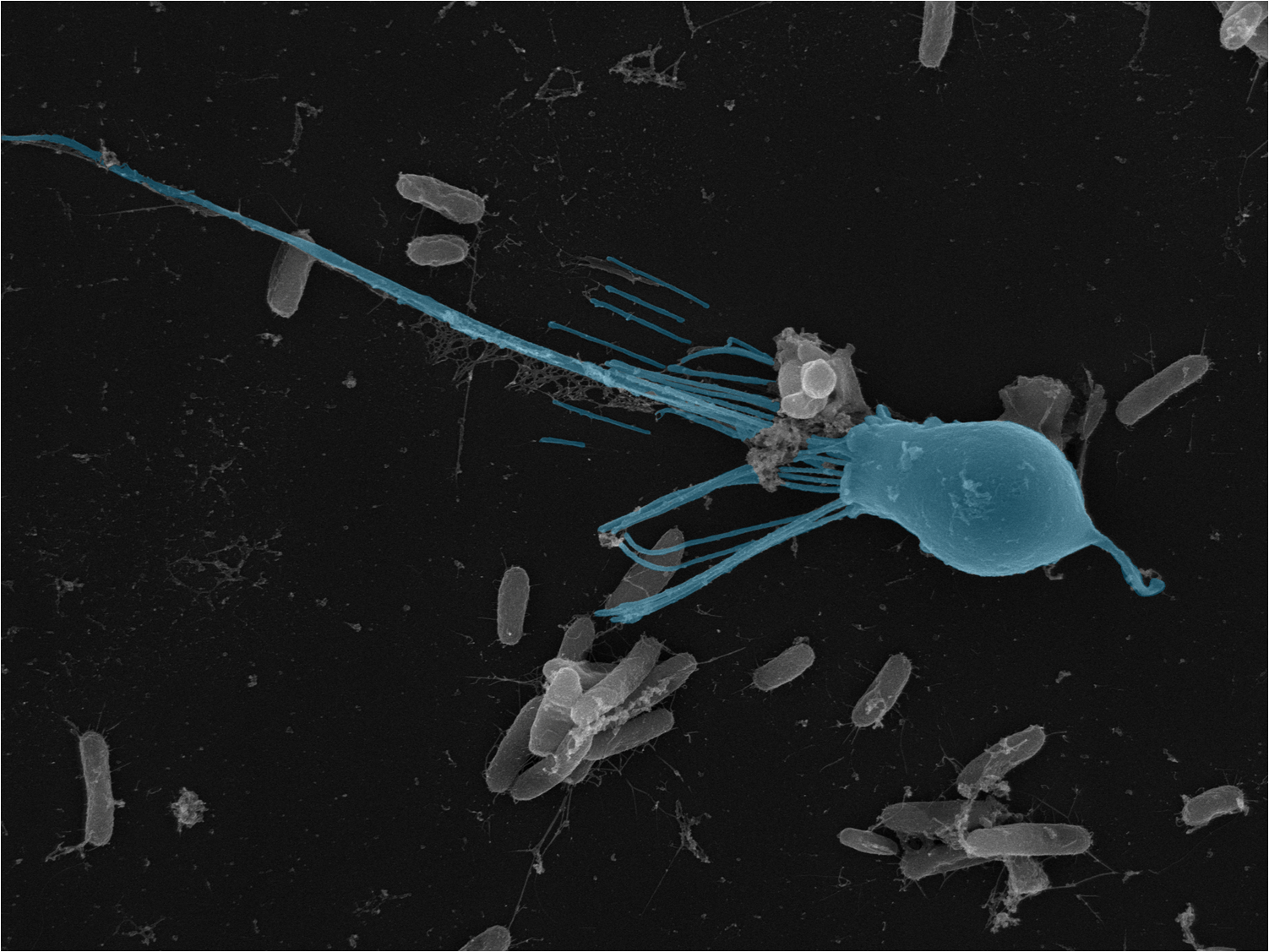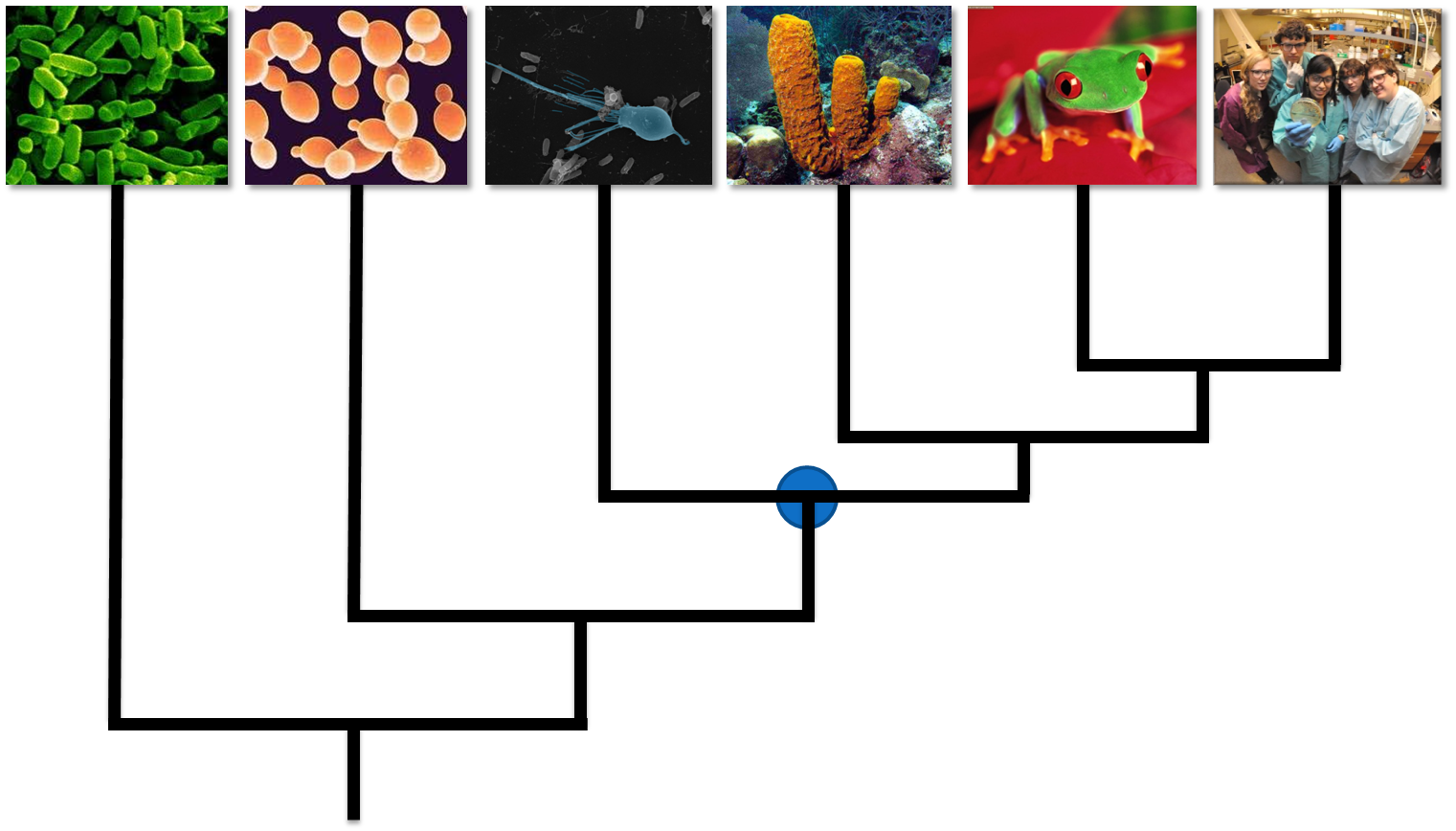Team:Berkeley/Project/Motivation
From 2010.igem.org
- Home
- Project
- Overview
- Motivation
- Other Organisms
- Parts
- Results
- Judging
- Clotho
- Human Practices
- Team Resources
Lower Metazoans as New Chasses for Synthetic Biology
The ability to manipulate the DNA of an organism is vital to many modern fields of biology. Although we have relatively standard techniques for the genetic manipulation of as E. coli, yeast and mammalian cells, it is still impossible to transform many other species. Lower metazoans in particular have several advantages over pre-existing chasses, but remain out of reach because of an inability to deliver protein and DNA to these hardy cells. From the perspective of synthetic biology, lower metazoans hold the promise of harnessing new biological pathways and developing complex biological machinery. Compared to bacteria and yeast, they are both evolutionarily closer to animals, meaning they could be used to produce more complex animal proteins. Today, however, they are generally avoided due to a lack of genetic engineering techniques. Our project was to expand synthetic biology to include lower metazoan chassis by designing a general device that can deliver protein and DNA to any phagocytic eukaryotes.
Choanoflagellates as New Model Organisms for Developmental Biology
For our project, we focused on delivering protein to a family of single-celled organisms called choanoflagellates. Choanoflagellates were chosen to demonstrate proof-of-concept for several reasons. For starters, these species are very interesting to researchers because they are the closest living relative to our microbial ancestor that became the first multicellular animal. It is believed that choanoflagellates can help reveal some of the key events that were necessary for multi-cellularity to arise. However, the developmental biologists who study these single-celled eukaryotes, are hindered by the inability to genetically manipulate them. Attempts at transfection, electroporation, and retroviral infection have all failed. A mechanism to genetically manipulate choanoflagellates would open an entirely new area of research for developmental biologists and would allow choanoflagellates to become a new model organism. We're working to make these creatures genetically tractable by creating a delivery system that could eventually be used to deliver plasmids, transposases, or zinc-finger nucleases.
In addition, we chose Choanoflagellates because they are extremely easy to culture and proliferate quickly. Choanoflagellates eat dead bacteria, live comfortably in sea water, survive at room temperature and do not need to be aerated. They are also incredibly resilient to heat, UV damage and other natural stresses. In our lab, they were grown in petri dishes with artificial sea water and cultured in a desk drawer "incubator". Their cultures average densities of 10^6/mL.
Choanoflagellates, as seen in blue above, consist of a head and tail region. They can either be found swimming freely, grouped as colonies, or, as seen in the picture above, attached to a substrate. The 'choano' in their name refers to the actin filaments that forms around their long flagellum. Choanoflagellates beat their flagellum to push water and the bacteria they feed on, into their collar. Their voracious appetite for bacteria makes them an easy target for phagocytosis-based manipulation.
To learn more about Choanoflagellates, visit the following pages:
 "
"



